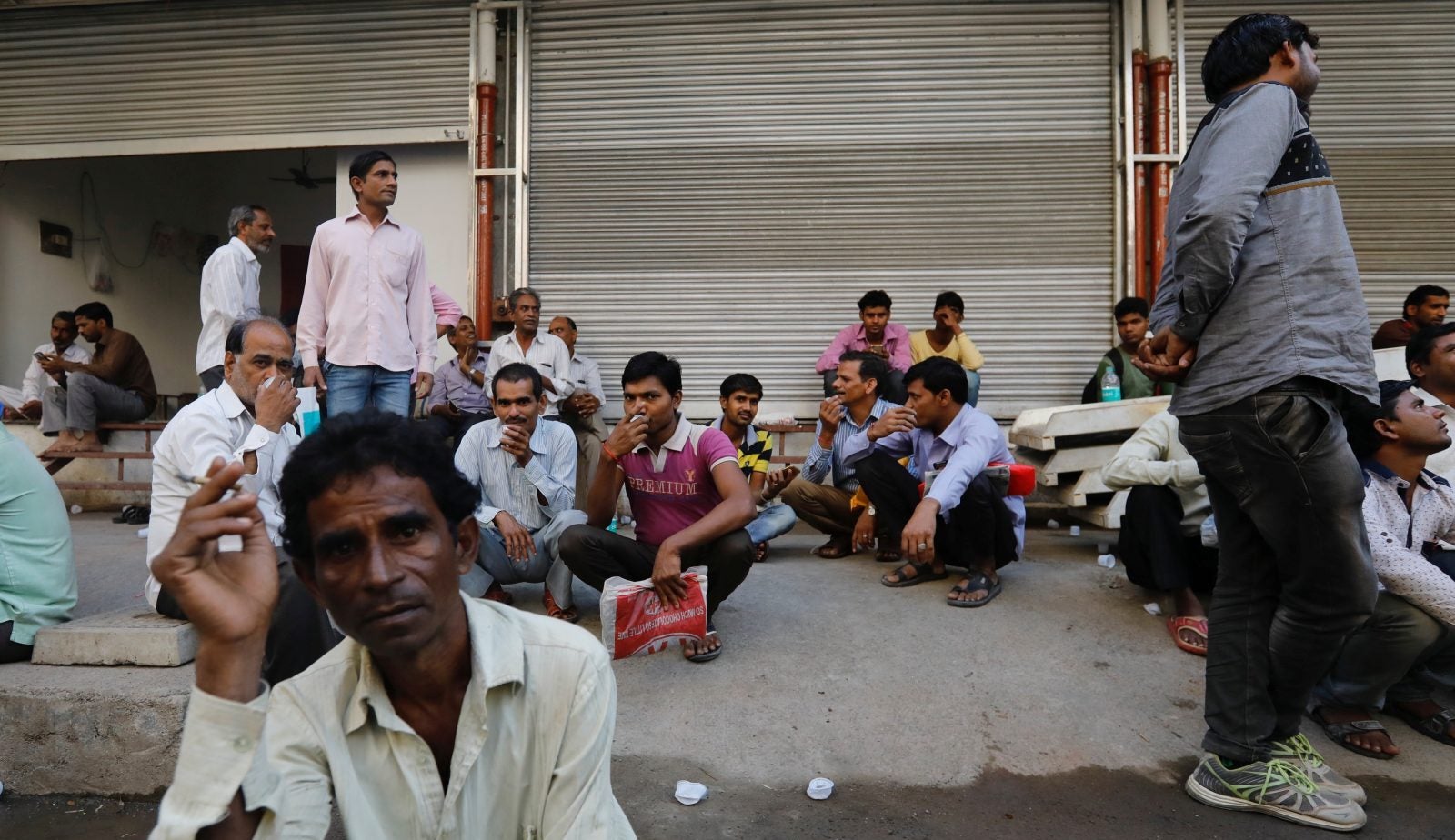More education means less employment in Modi’s India
A paradox is playing out in India’s job market: The more educated one is, the more difficult it is to get hired.


A paradox is playing out in India’s job market: The more educated one is, the more difficult it is to get hired.
The unemployment rate among male job seekers with secondary-level education far exceeds joblessness among illiterates, in both rural and urban areas, Kotak Institutional Equities said in a report released last week, citing data from the government’s periodic labour force survey (PLFS). A similar trend is seen among females.
“Unemployment rate is highest among youth with education until diploma (37%), graduate (36%) and post graduate and above (36%), suggesting the lack of opportunities for a higher skilled workforce,” the Kotak report added.
Unemployment in India was at a 45-year high in 2017-18, according to PLFS data. The crisis was more acute in urban areas (7.8%) than in rural (5.3%). In its defence, prime minister Narendra Modi’s government has said that due to some changes in methodology, the numbers are not comparable with the previous year’s.
Data from other sources have also confirmed the bleak employment scenario.
A report by the Centre for Monitoring Indian Economy (CMIE), a Mumbai based think-tank, published earlier this year had also found that qualified youth—those with bachelor’s degrees and above—faced the highest unemployment.
The jobs crisis among educated youth has often been described as a ticking time bomb, given that half of India’s 1.3 billion population is below the age of 25.
Besides, 13 million women have exited the labour market in the past six years. Social norms, rising family prosperity, and a lack of good opportunities are some of the reasons for this. A sizeable gender pay gap has only worsened matters. In fact, India’s female labour participation rate is currently among the world’s lowest.
Ray of hope
There is one comforting prospect, though, according to the Kotak report. More people are moving away from agriculture sector jobs to services.
“This shift is possibly due to better opportunities in non-agriculture areas in rural India given the easier availability of credit and improved rural infrastructure,” the Kotak report noted.
The agriculture sector employs the most people in India, accounting for 44% of all jobs.
Another silver lining is emerging in the formal work environment where the number of salaried people has gone up by 480 basis points year-on-year (one basis point is one-hundredth of a percentage point) while the employment in the informal settings is on a steady decline, added the Kotak report.